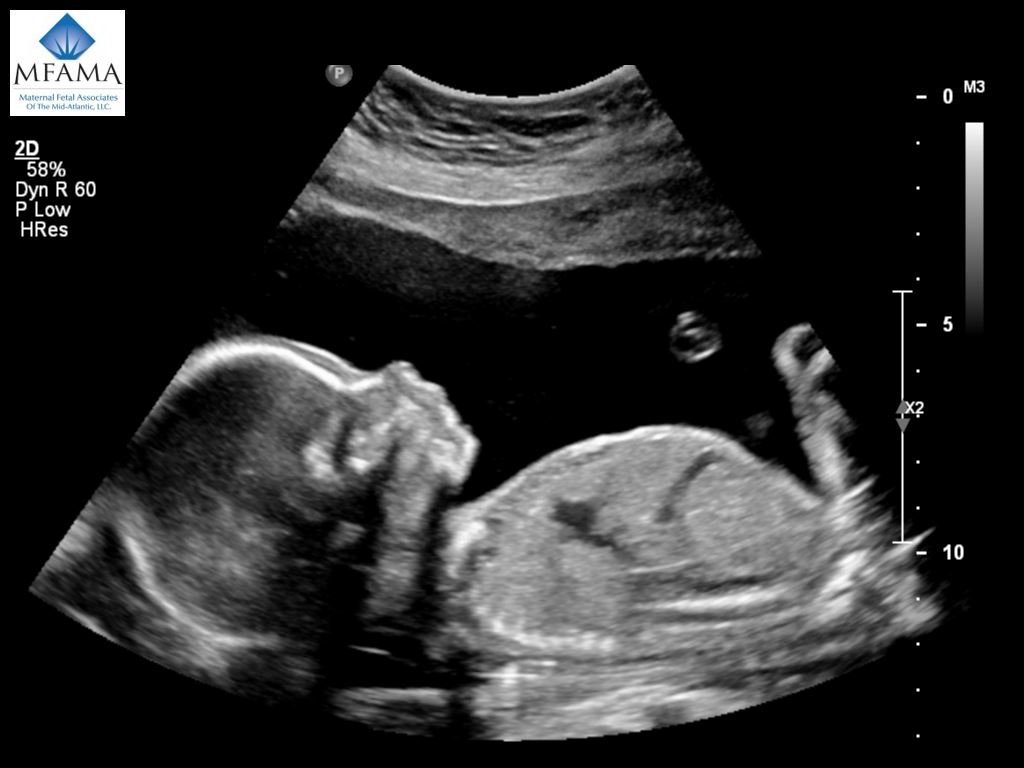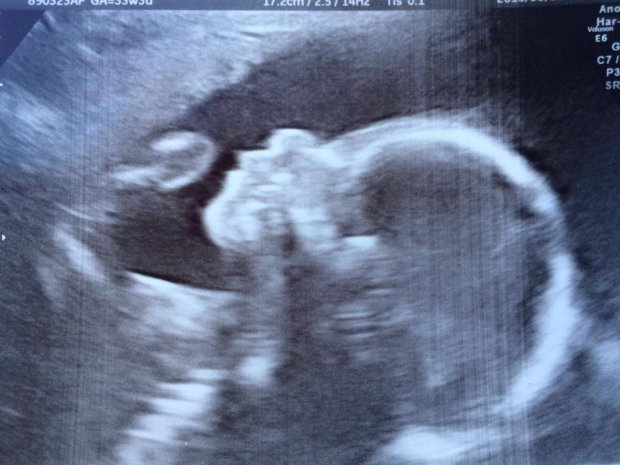Table Of Content

Common diagnoses include androgenetic alopecia, alopecia areata, telogen effluvium, and lymphocytic scarring alopecia, Agbai tells USA TODAY. Both Staphylococcus aureus infection and immunodeficiencies may be pathogenic factors [12]. Sonography shows multilayer inflammation, absence of fistulae and local follicular thickening (Figure 13). The process of postnatal hair development is an intriguing one that differs from person to person.
Baby born with thick head of hair after mum spotted locks in 34 week scan photo - The Mirror
Baby born with thick head of hair after mum spotted locks in 34 week scan photo.
Posted: Tue, 25 May 2021 07:00:00 GMT [source]
How To Grow Natural Hair Faster: Grow Hair Fast Step-by-Step
The main use of ultrasound in this case is to find the affected area so that a doctor can perform a biopsy for further tests. The best part about ultrasounds is that they do not use radiation to protect the patients and doctors from x-rays while they use this equipment. However, ultrasounds are also used to inspect for breast cancer, tumors, cysts, or other abnormalities. We're a group of writers, mostly parents, some medically certified, who publish helpful articles for all stages of your child, from preemie, newborn, infant, to toddler.
Overview of the equipment used in ultrasound scans
Conversely, pregnant women who didn’t experience heartburn mostly gave birth to bald babies. Interestingly, it’s an old wife’s tale, but it might just be what you need to determine if your baby will be born with hair. These hairs are more likely to be seen on a 2d ultrasound towards the end of your pregnancy than at the start or in the middle of the pregnancy. There are numerous old wives’ tales surrounding the correlation between fetal hair growth and the experiences of the mother during pregnancy. For instance, it’s widely believed that a mother experiencing heartburn is more likely to give birth to a baby with a lot of hair. As the pregnancy progresses, ultrasounds can also be used to identify possible abnormalities in the baby’s development.
I thought I was pregnant, but I was growing a cyst with teeth and hair - New York Post
I thought I was pregnant, but I was growing a cyst with teeth and hair.
Posted: Thu, 03 Feb 2022 08:00:00 GMT [source]
Why do babies have lanugo?
During this time period, antenatal ultrasounds will typically show only a few strands or particles that resemble early baby hairs. Due to its small size and light color, fine baby hair may not be visible until later in the pregnancy when it has grown thicker and darker. In the early stages of pregnancy, an ultrasound image may not show specific details of the baby, including the presence of fetal hair growth.
In some cases, it may be difficult to determine the gender of the baby, especially if they are in a position that makes it hard to see their genital area. Studies have shown that there is no correlation between heartburn and the amount of hair a baby has. While heartburn is a common symptom of pregnancy, it is caused by the hormone progesterone, which relaxes the muscles in the esophagus and allows stomach acid to flow back up into the throat. While this halo can make it difficult to see fine details, it can also provide important information about the overall shape and size of objects. This hair is called fetal hair and is usually shed shortly after birth.
Is it possible to detect hair on a 3D ultrasound?
Your baby’s hair color and texture may change during the first months of life. High-frequency sound waves are used in ultrasound technology; these waves are released by a transducer and subsequently reflected back from the desired body location. As these sound waves pass through various organs and tissues, they produce echoes, which the transducer records.

After lanugo is shed, it decomposes in amniotic fluid and is replaced by vellus. Vellus hair, also known as peach fuzz, is the short, fine hair covering most of our bodies. The follicles created during this time will remain there for life, and no new follicles will form. 3D ultrasounds can give you a clearer image of your baby’s features than 2D ultrasounds can. Remember that the amount of hair at birth is not a reliable indicator of future hair growth or characteristics. Hair development in the womb is a complex process, and the timing of hair growth can vary among babies.
When Do Babies Start Growing Hair?
This array of images gives you a look at each week of development to reveal all the intricate details of your baby's growth—until you get to meet them in person. Seeing lots of hair on ultrasound might mean your baby’s growing better and has higher hormone levels. Now that you’re all caught up on the differences between various ultrasound types, let’s dive into what you can expect during a 3D ultrasound appointment. First, you’ll be asked to lie down on an examination table, and your belly will be exposed.
What is the Difference – 2D Doppler, 3D, and 4D Ultrasounds
Lanugo covers the entire body, and most of it is usually lost before birth. Lanugo may be a completely different color from the hair on your baby's head. It can also be quite dark, and therefore more noticeable, on babies with darker complexions. A study published in Nutrients found that maternal nutrition can influence fetal hair growth, especially micronutrients like biotin, folic acid, and zinc.
You want to know what it would look like if it took after the mother, father, or grandparents. It is understandable why any parent would want to know if a baby has hair on 3d ultrasound. During a 3D ultrasound, the sonographer will be able to see the baby’s genital area and determine whether they are male or female. These abnormalities can be caused by a variety of factors, such as genetic disorders, infections, or injuries.
The combination of lanugo and vernix caseosa also aids in babies’ smooth passage through the birth canal during delivery. Fetal hair, especially lanugo, plays essential roles in a baby’s development within the womb. Lanugo acts as insulation, keeping the fetus warm and protected as it develops in the uterine environment. This section will focus on the properties of sound waves, and the different types of ultrasounds, including 2D, 3D, and 4D imaging. Whether your baby is born with a thick head of hair or none at all, you can rest assured knowing it will grow in eventually.
Many people swear by drinking a little soda too as the bubbles can help wake up your baby. Let’s be honest every mom wants that perfect image of their baby at a scan appointment. There are so many different tips you could try so we have narrowed down the best. Your baby is made up of 50% you and 50% of your partner so the genes that are passed through to your baby will detail exactly how much hair they could be born with.
They can see their baby’s face and movements, which can be a very emotional and rewarding experience. HDlive 3D ultrasound is a type of 4D ultrasound that provides high-definition images of the baby. It uses advanced technology to produce realistic images that resemble a photograph. It also allows parents to see their baby’s features and movements in greater detail, which can be a very emotional and rewarding experience. Take a sneak peak at your baby's development with this slideshow of ultrasound pictures from the third trimester of pregnancy. You know how I ended up with two super hairy and three less-so babies?
Some may be born with a significant amount, and others may have very little. A complicated or high-risk pregnancy will often require more frequent ultrasounds during the first and third trimesters. Rather, the hormones that cause hair to grow are what triggers heartburn. It is normal for some babies to be born without hair either due to genetics or lack of estrogen.

No comments:
Post a Comment